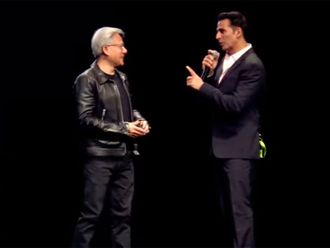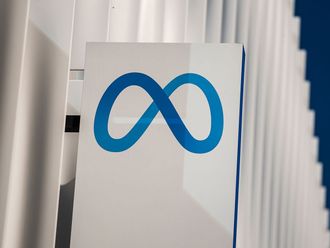San Francisco: By day, Robert Leitao manages a Catholic church in Southern California. By night, he indulges his other passion: predicting Apple Inc's results.
Leitao is part of a cadre of amateur forecasters, bloggers and hobbyists who sift through reams of data every quarter to guess at Apple's quarterly results — often putting professional analysts to shame by coming up with more accurate predictions.
Co-founder of the Apple Independent Analysts Group, Leitao is ranked seventh for the December quarter out of 50 analysts who cover Apple by Fortune magazine, which found that his estimates turned out to be much closer to the results than those from prestigious banks such as Goldman Sachs and Morgan Stanley.
While Wall Street analysts' forecasts for Apple's revenue and earnings per share were off by an average of 21 per cent in the latest quarter, amateur analysts missed by just 10 per cent, according to the Fortune data.
This raises questions about how good Wall Street is at forecasting Apple, the largest US company by market value, famous for trouncing market forecasts quarter after quarter.
Leitao does not believe he and the more than 100 members of the Apple Independent Analysts Group — which he started as a hobby — are smarter than their professional peers. He suspects Wall Street is more inclined to play it safe.
In the last couple of years, Apple's earnings have exceeded Wall Street expectations tracked by Thomson Reuters by at least 13 per cent, and often a lot more. The exception was the September quarter of 2011, when they fell short.
Technology analysts say Apple is particularly tough to predict because of its secretive nature, and because it has a hand in everything from hardware (iPhones, iPads, Macs and iPods) to digital distribution (iTunes and its emerging iCloud remote storage service).
They also point to a lack of historical data on the tablet market, and Apple's fast expansion into more than 100 countries as challenges. Yet another blind spot is sales from Apple's own retail stores and apple.com — data that only the company has.
Analysts refine their fin-ancial models by studying Asian companies that supply components to Apple, surveying retail executives, and extrapolating from sales of previous generations of iPhones and iPads.
Their counterparts covering Intel and other big tech companies regularly visit PC manufacturers in Asia to take the industry's temperature. But attempts to talk to Apple's more than 100 suppliers, including Foxconn or Hon Hai Precision Industry, often run into a wall of silence.
Beyond normal US Regulation Fair Disclosure rules governing the disclosure of material information, companies working for Apple are required to sign strict confidentiality agreements and risk losing Apple's business if they break them.
Jobs' legacy
That rigour stems from the era of Steve Jobs, who kept an iron grip on his team and refused to release products until they were perfected for prime-time — a discipline that endures past his death last October.
"If you don't happen to have a cousin who works on the assembly line at Foxconn, then everybody has an equal playing field," said JMP analyst Alex Gauna.
Apple has historically been very conservative in giving guidance, usually handing out estimates far below Street projections. In 2011, Apple underestimated its own revenue by an average of 16 per cent each quarter.
"The company wants to keep expectations low and outperform as the quarter goes out," said Brian Marshall, analyst with ISI Group.
There are signs of change, however. In the past two quarters, Chief Executive Tim Cook actually forecast revenue and earnings per share at or above Wall Street estimates. Analysts hope this heralds a more predictable era under Cook. "They're becoming a little more transparent. It'll make it easier for people to understand the story," said Sterne Agee's Wu. "But to be frank, the element of surprise, it's part of their mystique."










